American Stopover: My memories of hitting the road alone as a teenager in the 1970s
Greg Girard recalls his younger days Asia-bound on America’s west coast – the subject of his latest photobook
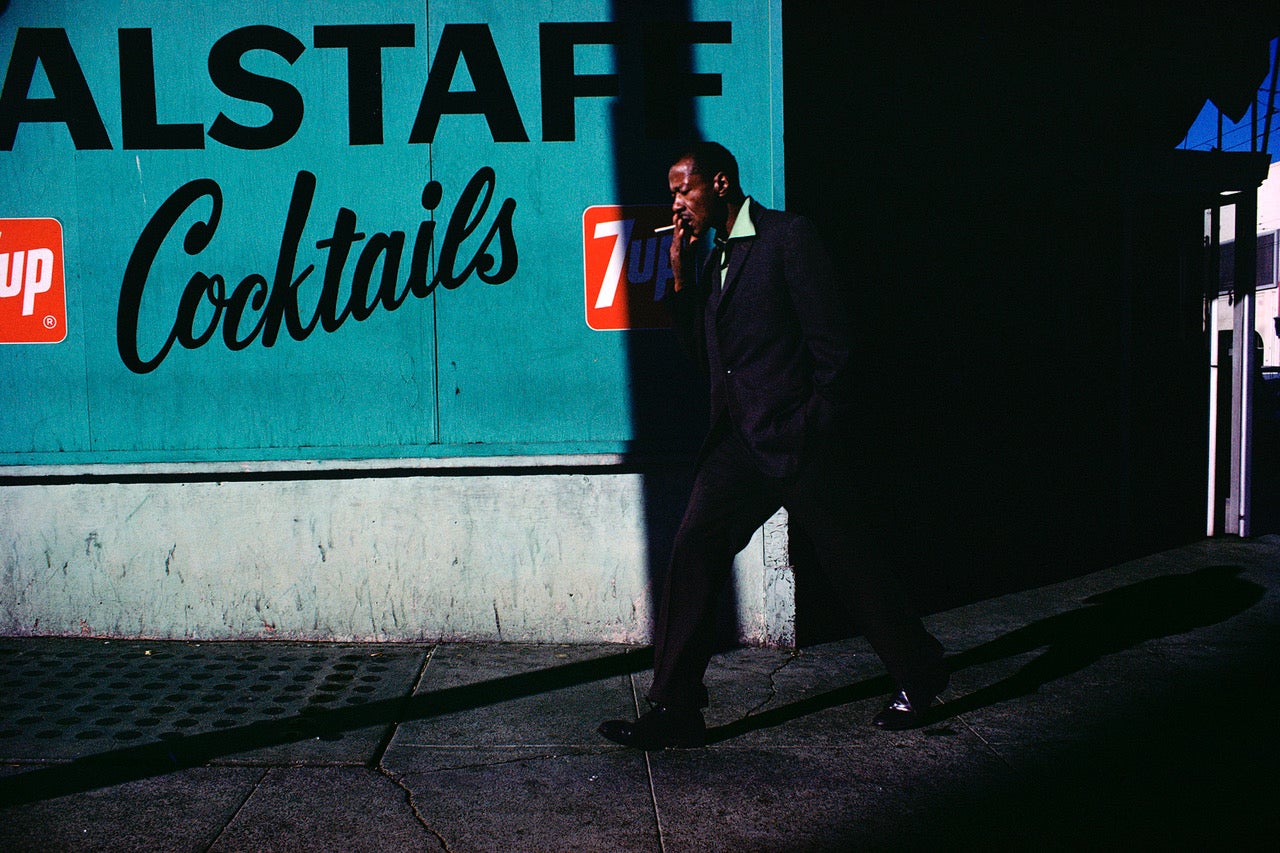
Your support helps us to tell the story
From reproductive rights to climate change to Big Tech, The Independent is on the ground when the story is developing. Whether it's investigating the financials of Elon Musk's pro-Trump PAC or producing our latest documentary, 'The A Word', which shines a light on the American women fighting for reproductive rights, we know how important it is to parse out the facts from the messaging.
At such a critical moment in US history, we need reporters on the ground. Your donation allows us to keep sending journalists to speak to both sides of the story.
The Independent is trusted by Americans across the entire political spectrum. And unlike many other quality news outlets, we choose not to lock Americans out of our reporting and analysis with paywalls. We believe quality journalism should be available to everyone, paid for by those who can afford it.
Your support makes all the difference.In the 1970s and early 1980s every trip to Asia started in California. Whether flying, or travelling by Greyhound down the coast from Canada, the journey only truly began once you arrived in San Francisco or Los Angeles.
The first departure was by Philippine freighter, from San Francisco, 18 days across the Pacific to Hong Kong. The ship was on its final voyage. The last of the pre-containerised, general cargo ships. Later trips were by air, usually on discounted, one-way tickets via Korean or China Airlines.
A typical itinerary would look something like: SFO-LAX-HNL-TYO-SEL-TPE-HKG-BKK. At that time an air ticket was a physical thing, composed of multiple coupons, one for each sector.

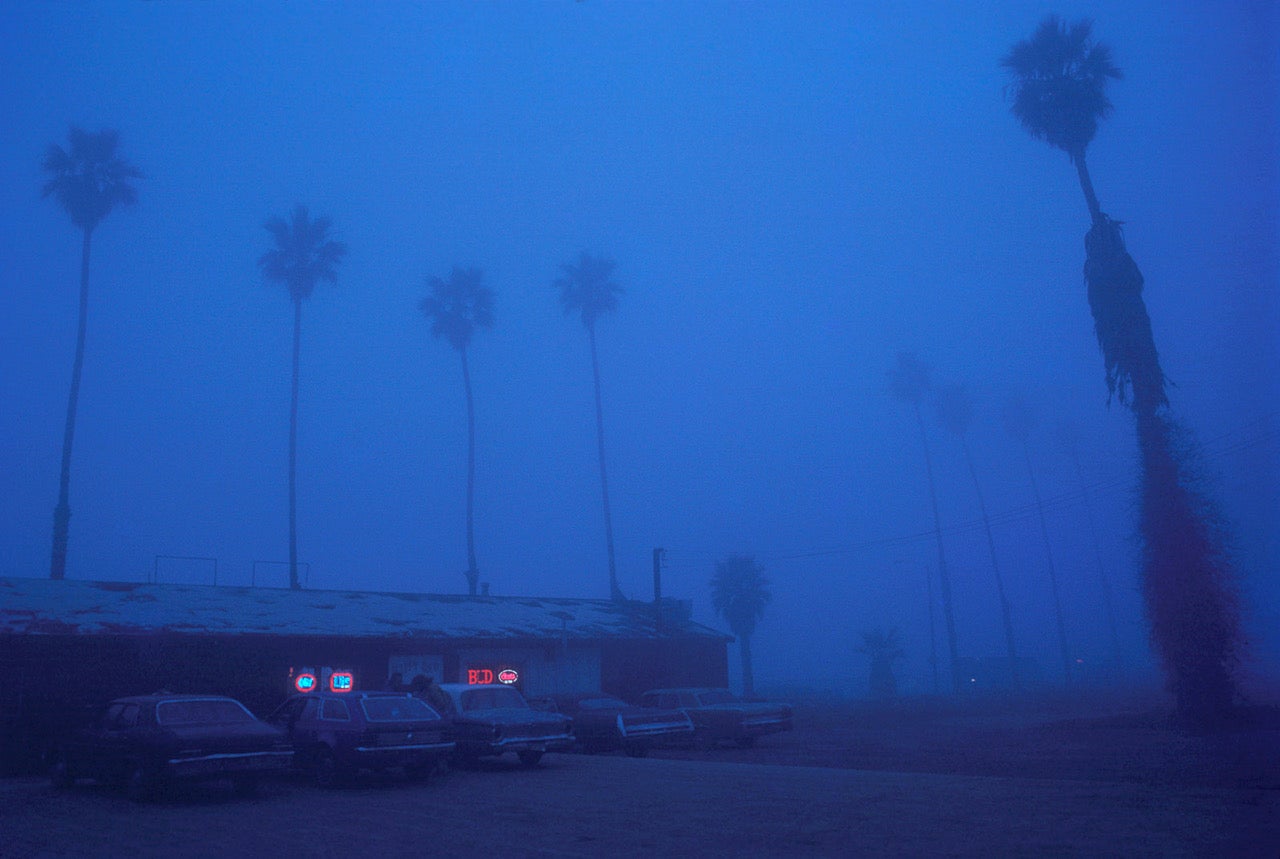
The departure and arrival cities were hand-written. You would make a booking for the first sector, but on subsequent ones the issuing agent would simply write “Open”. The ticket was good for a year.
These were all-cash trips (it would be years before I got my first credit card). After arriving at the airport or Greyhound terminal I would find my way to a hotel or motel room downtown and start photographing.
Occasionally, to save money on a room, I’d stay up all night, passing hours in various 24-hour coffee shops. Downtown Los Angeles, at that time, had a number of all-night cinemas showing triple bills for $1.75. Most of the patrons, like myself, were half watching, half sleeping.
Arriving in Las Vegas at 4am, I stowed my cash and luggage in a coin locker at the bus depot. I wandered around some of the less glamorous casinos and out to the scruffy edge of downtown.
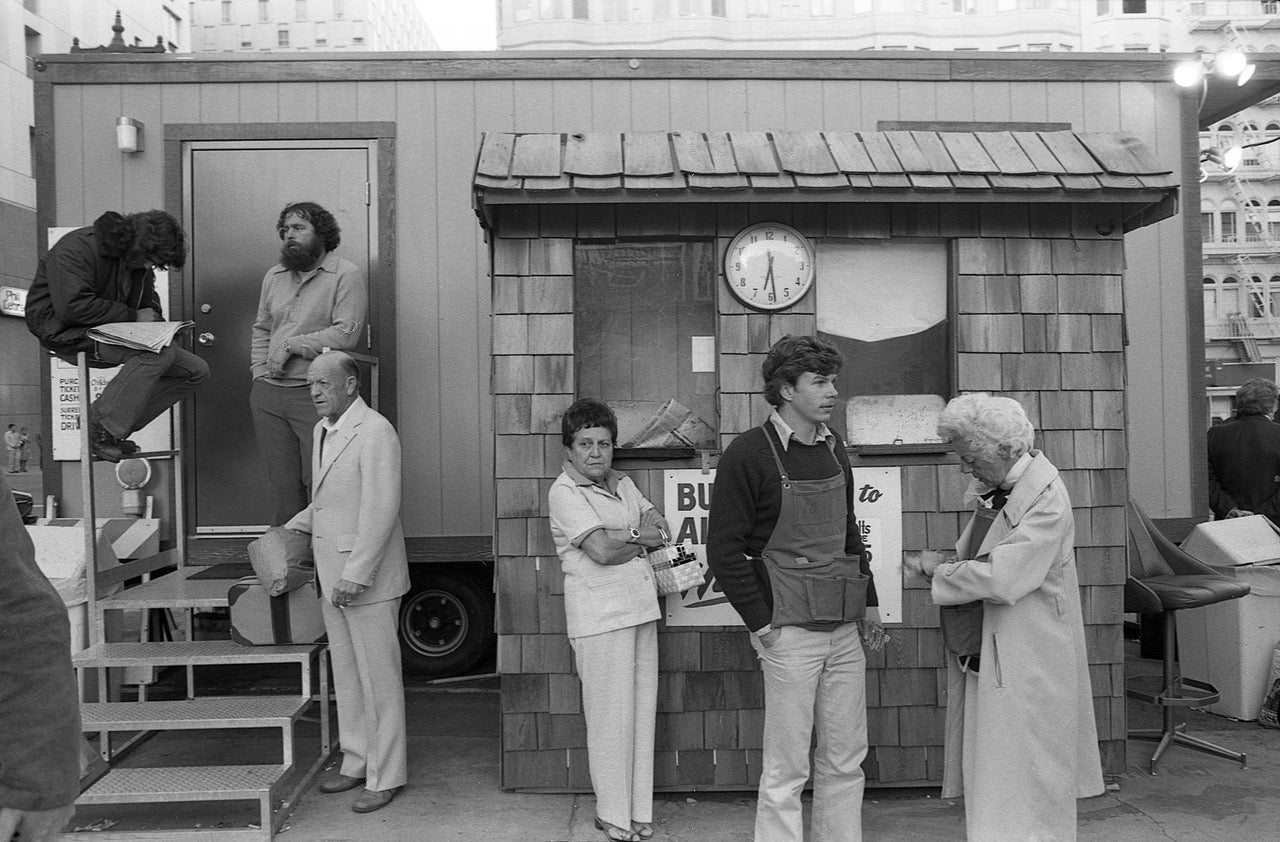
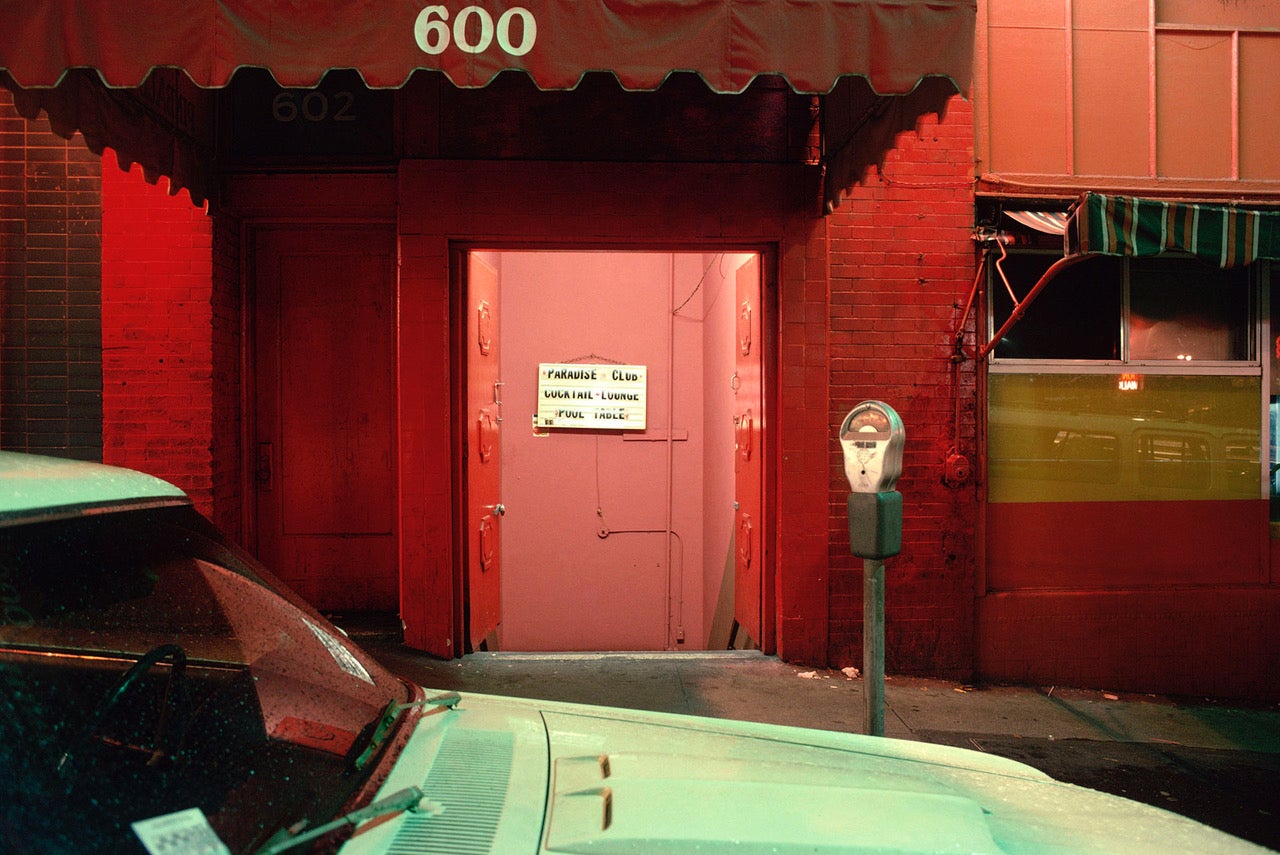
Just before daybreak, from a passing car someone shouted: “Hey man, someone’s going to shoot you, wearing those pants.”
I was dressed in a pair of white linen trousers I’d had made in Hong Kong the previous year.
At a 24-hour McDonald’s, I met a group of guys my age and photographed them. Nobody had a place to stay. We pooled our money and the four of us got a motel room.
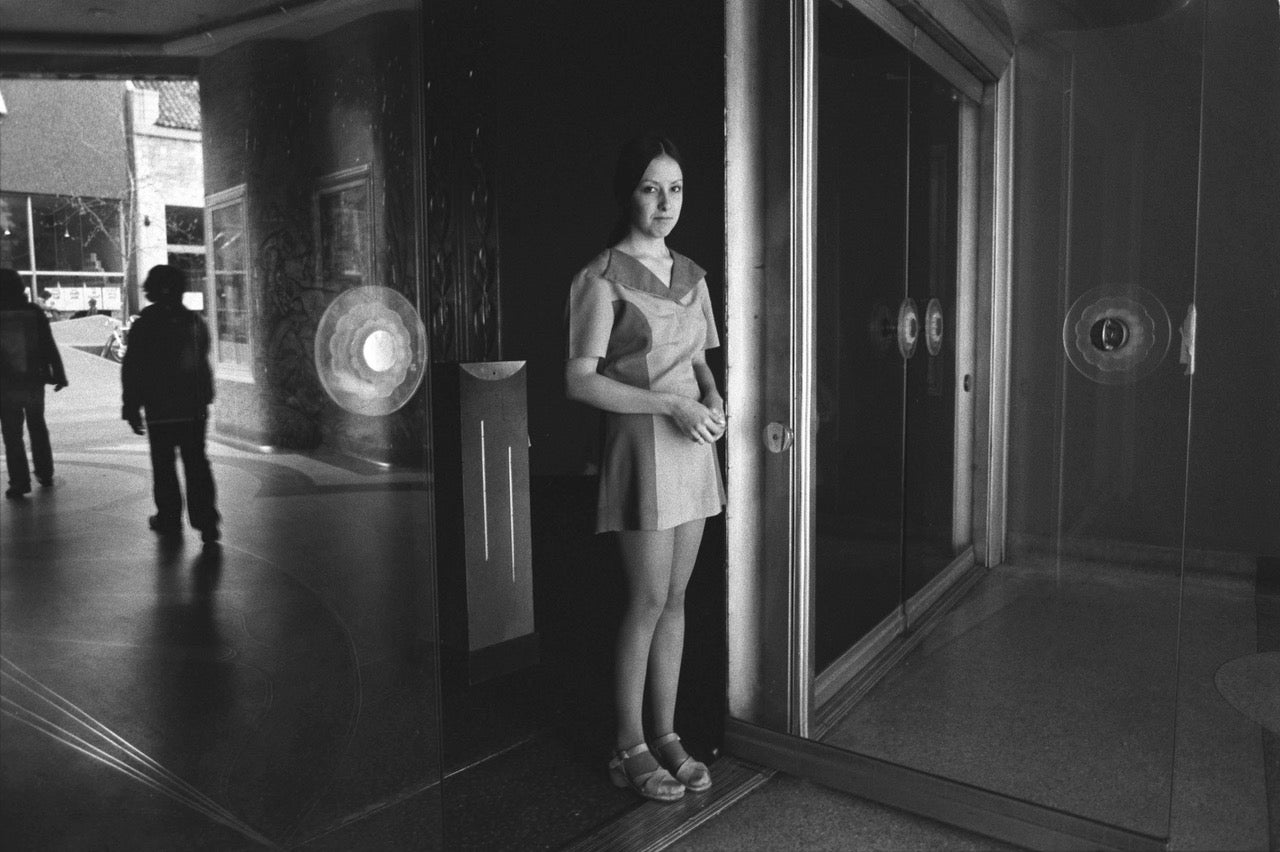
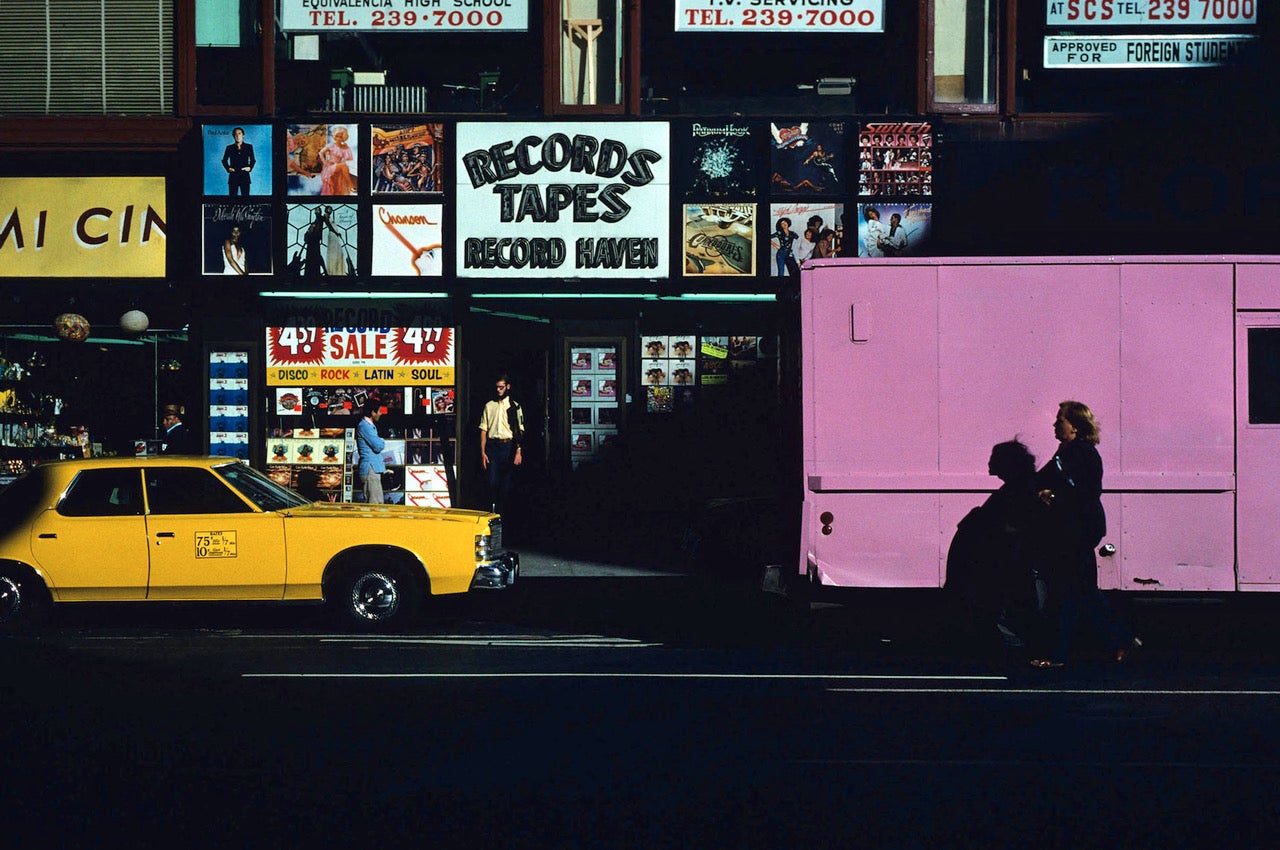
The next night I found myself in front of the Las Vegas Rescue Mission. If you attended their prayer service they would give you a meal and a bed for the night. I still have the membership card.
I was too young to drink or gamble. Mostly I walked around taking pictures. Everything, day or night, seemed interesting. On the long bus trips, I’d read or look out the window, sleep or photograph fellow passengers.
At some point, I ended up back in LA, where I had my air ticket endorsed for the next sector, and boarded a flight to Honolulu.
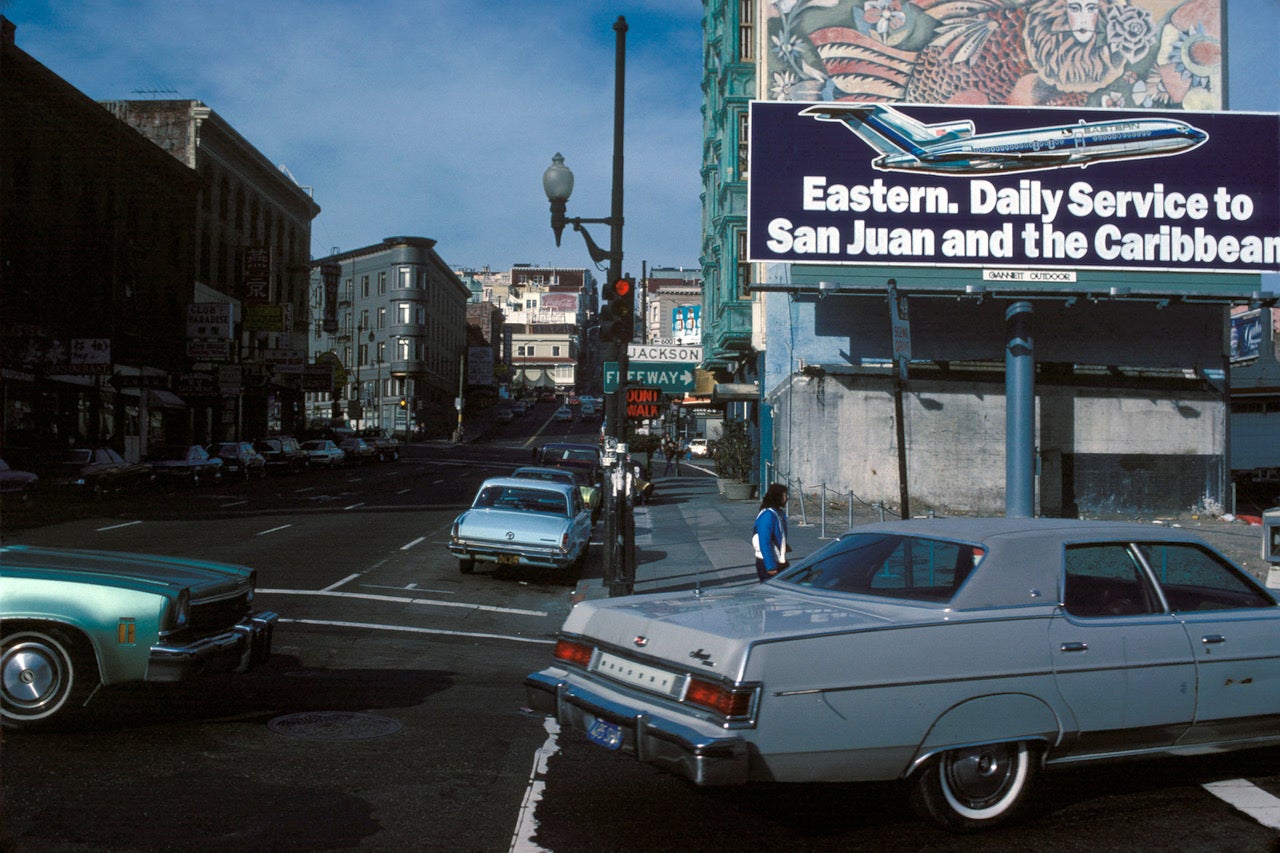
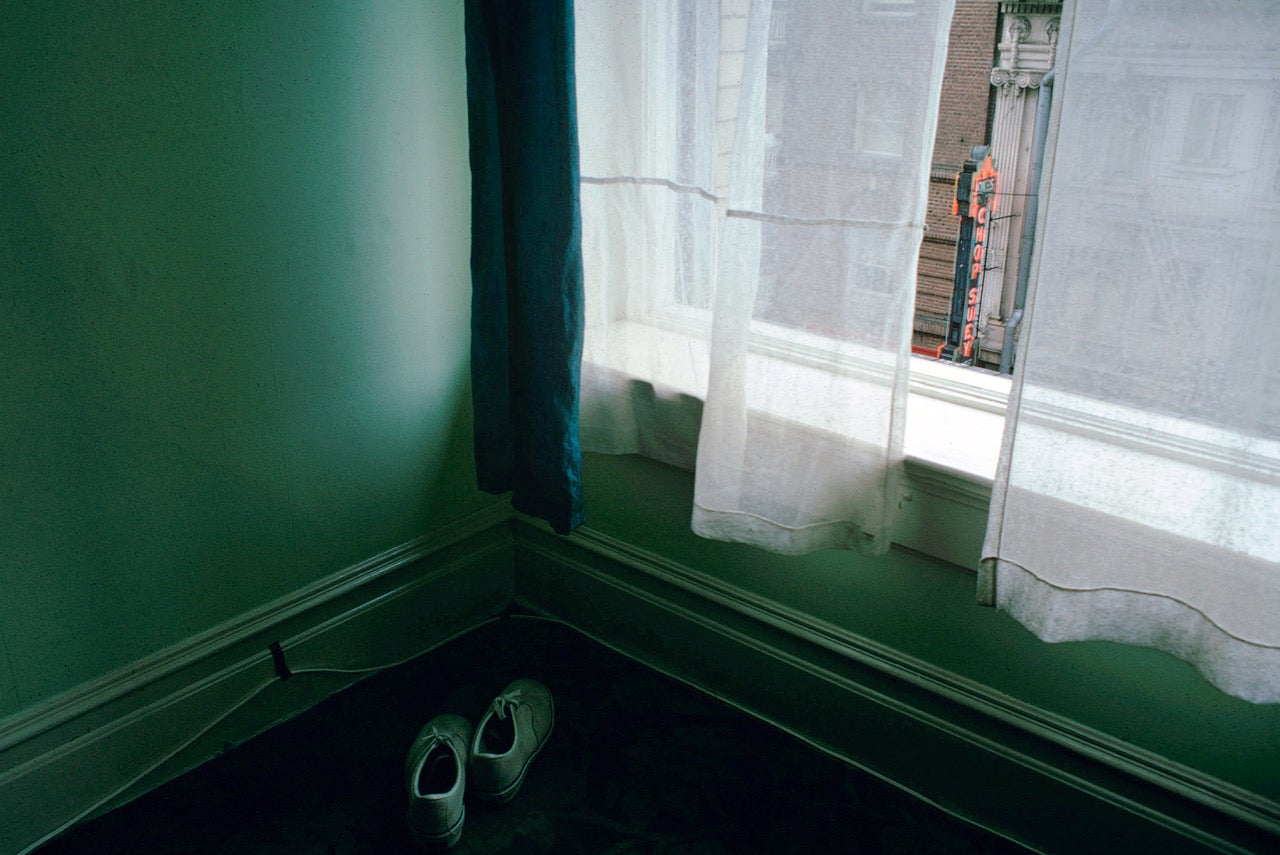
Honolulu airport seemed to not need walls. Everything was open to the perfect temperature. The airport and airlines staff drifted about in flowered shirts and dresses.
After dark, at a park near the beach in Waikiki, I went to sleep under a palm tree, camera bag for my pillow. Not long after, I was jostled awake by a uniformed police officer and told to move on.
I ended up in downtown Honolulu, on Hotel Street near the waterfront. Bars and clubs and tattoo parlors from earlier decades were still going strong. Sidewalks crowded with a mix of knowing locals and tourists from the mainland.
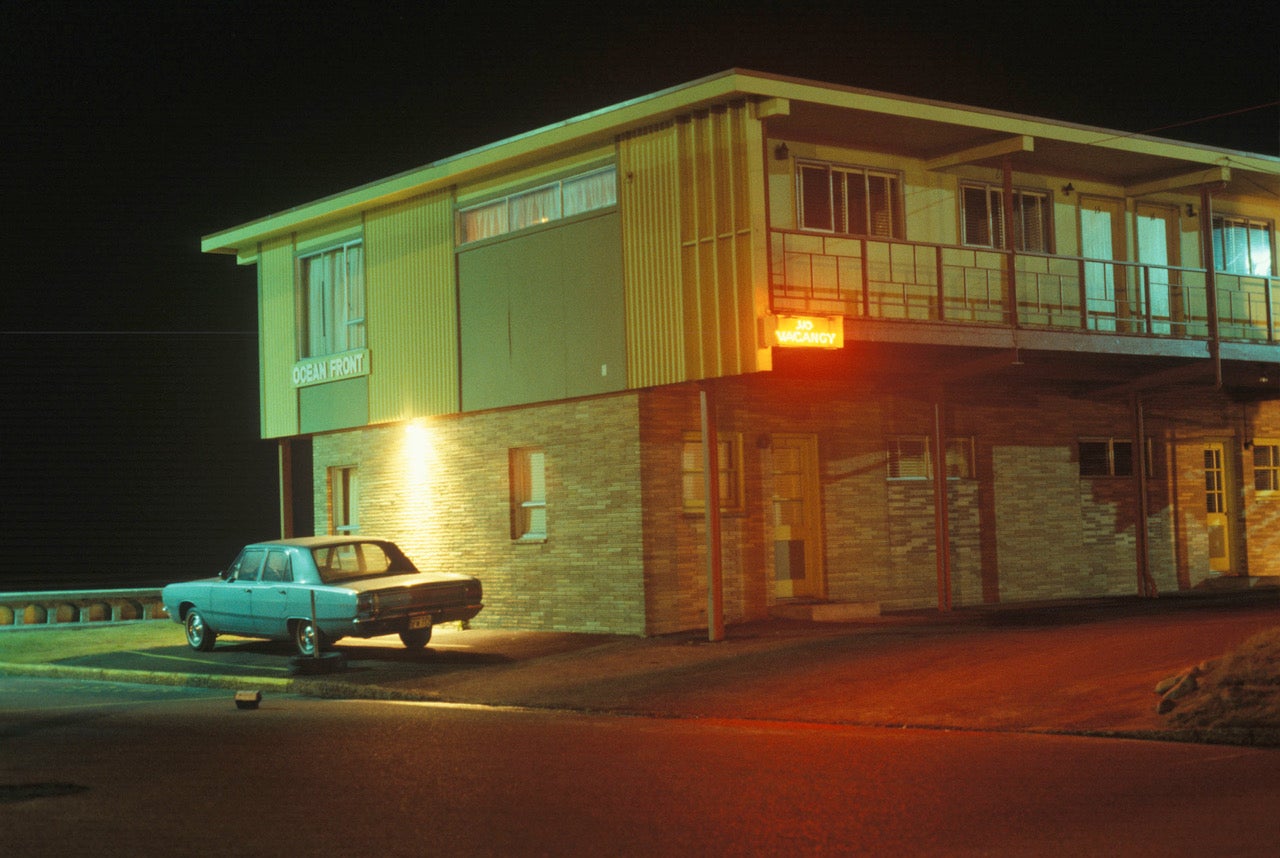
While I was walking on Kalakaua Avenue the next day I saw the Korean Airlines stewardess who had worked my section of the airplane. We recognised each other and waved.
Days passed and then it was time to use the HNL-TYO portion of my ticket. I arrived in Tokyo in April 1976, just before the first anniversary of the Fall of Saigon. I was 20 years old.
‘American Stopover’ by Greg Girard is available in the US and Canada from the artist’s site and in Europe from Kominek Books Berlin
Join our commenting forum
Join thought-provoking conversations, follow other Independent readers and see their replies
Comments